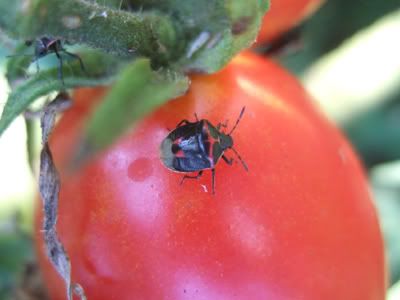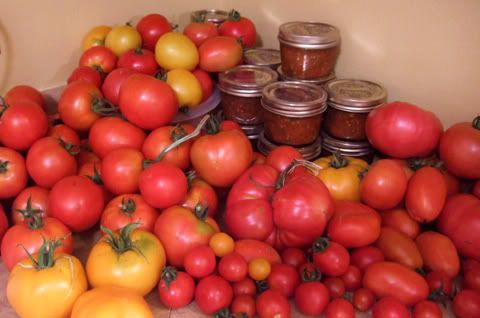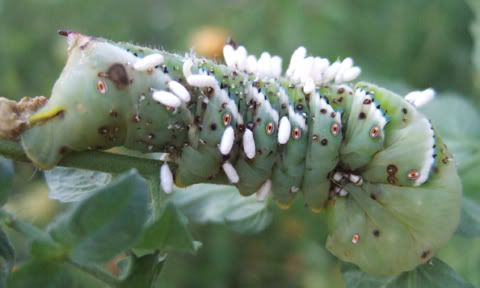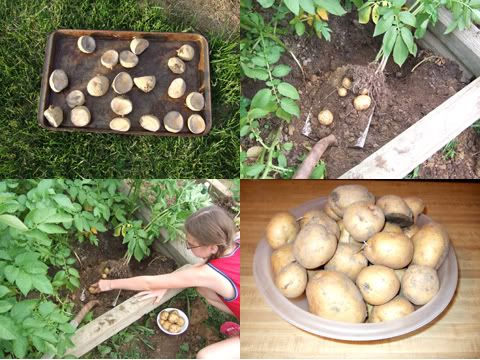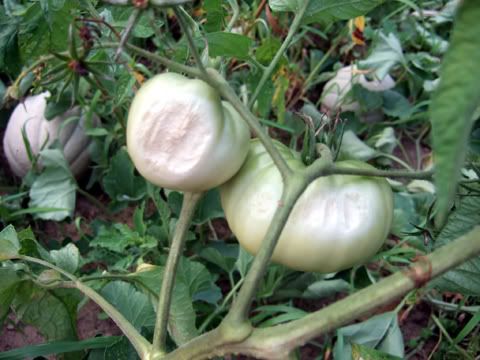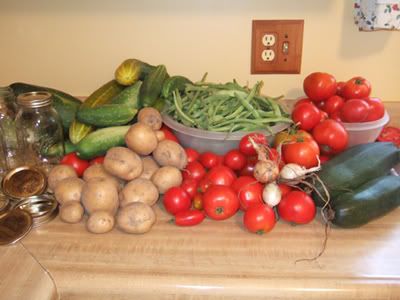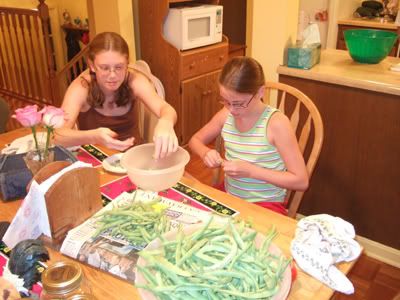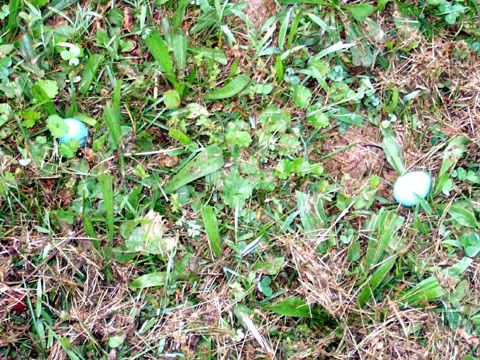Wonderful Watermelon!
How can you tell if a watermelon is ripe? About a month ago, I was scratching my head and asking that question. I grew a nice patch of SugarBaby Watermellon that looked really good back in July. We harvested our first big melon, excitedly cut into it only to find that is wasn't ripe yet!

Finally almost a month later we got to enjoy ripe garden watermelon! I can't really claim any success for this however. The watermelon patch got completely overtaken by weeds and we thought it was a complete loss. We were a bit disappointed, but at least we had delicious successful cantaloupe this year.
Anyway, the time has come to begin cleaning out the garden and getting it ready for winter. I started clearing out the watermelon/weed patch and much to my surprise, hidden amongst the weeds I found two small melons! This time they were ripe!

I guess the raccoons didn't know they were there either. It's quite possible that there are a couple more still hiding in the tall weeds. I plan to continue cleaning out the garden this week and weekend, so keep your fingers crossed for us!
Just because I'm ending the vegetable garden doesn't mean I'm ending this blog! I have several things still to write about concerning this year's gardening. Major topics I still want to cover are:
- What ever happened to the baby robins from my previous posts?
- Final observations on the many varieties of tomatoes grown.
- A neat garden oriented Father's Day gift I received.
- Yellow Eggplant?
- Plans for next year's garden.
So please stay with me for the conclusion of this year's growing season. I apologize for taking a few weeks off from posting. I will try to post regularly again.









